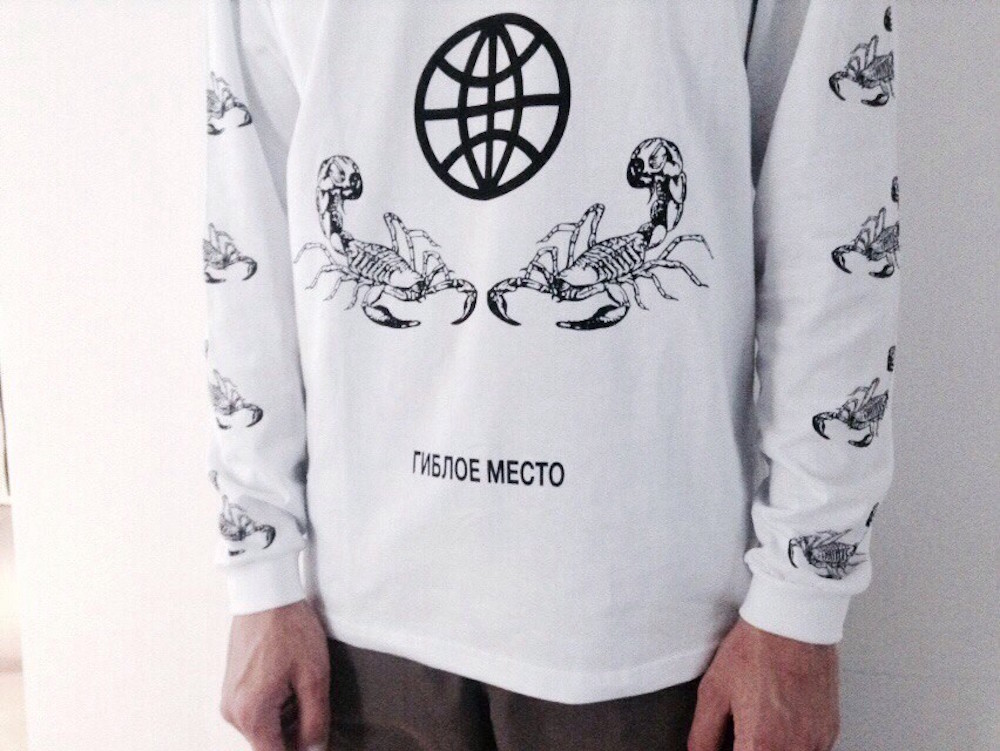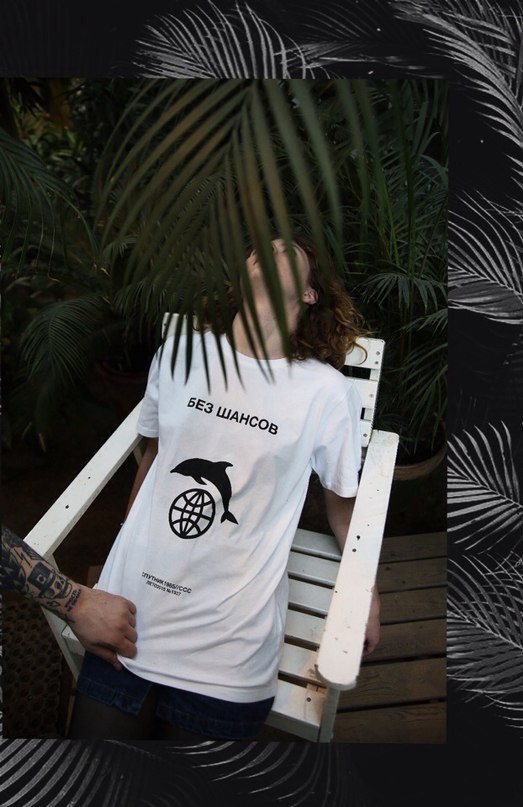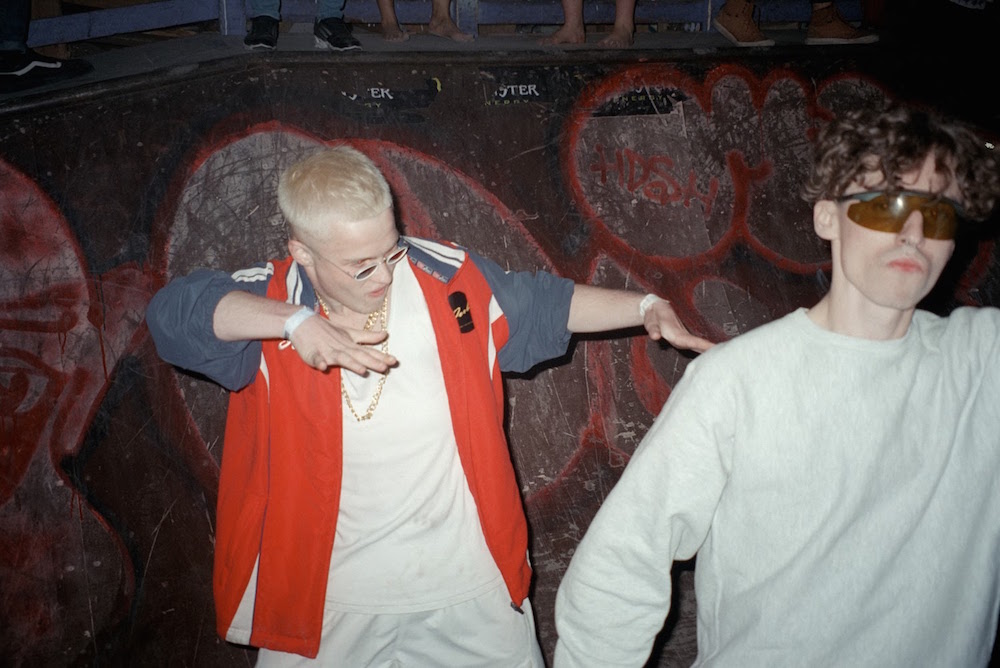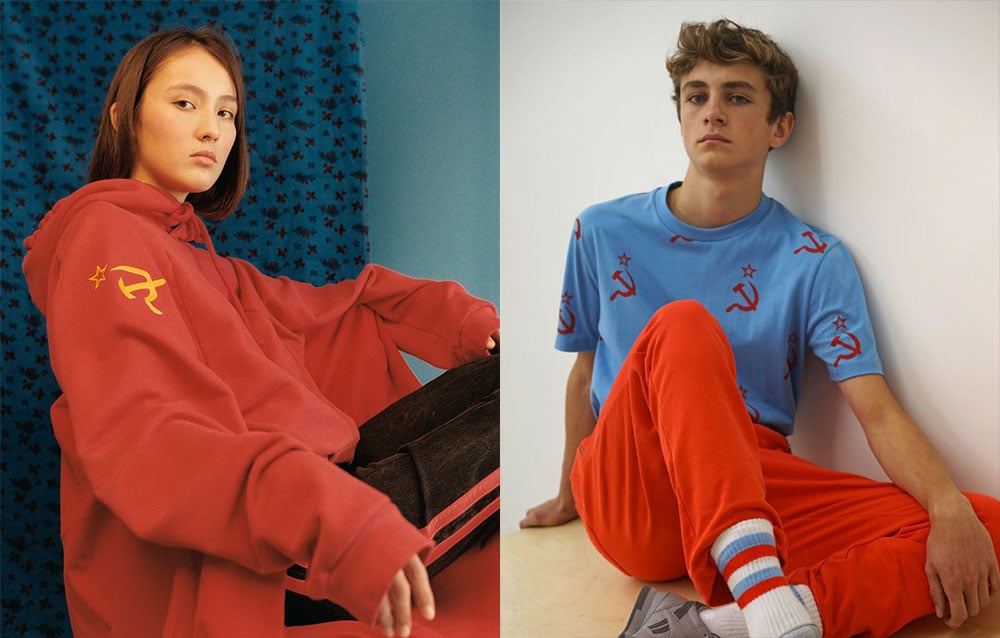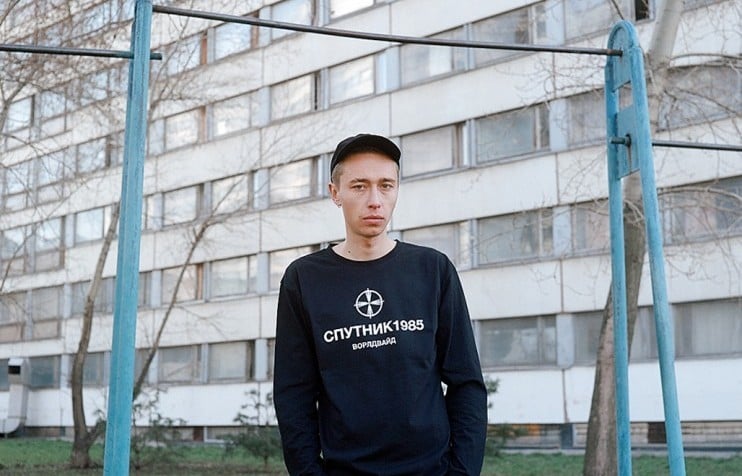Generation Z: Russia’s youth reach for the future to reinvent east European style
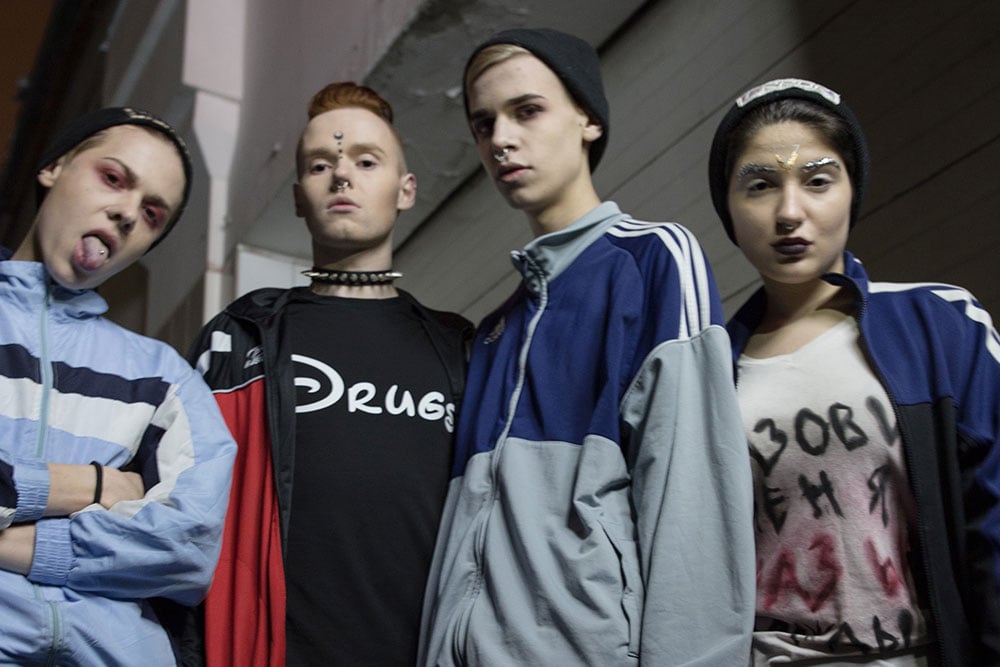
Streetwear with Cyrillic script and Soviet symbols are blowing up in the fashion world thanks Gosha Rubchinskiy and Vetements. But you won’t find Russia’s youngest trendsetters, born after 2000, sporting the hammer and sickle anytime soon — the gen Zers are evolving their own style, influenced by the digital culture they were born into
The new video from Moscow-based avant-pop duo IC3PEAK takes us straight to the dystopian future, or more precisely, a secret rave at an abandoned bunker that was once the site for Soviet echo location experiments. The dimly lit underground space is filled with beautiful bodies in all-black uniform, while fluid high-pitched vocals tell the story of a “Kawaii Warrior”. The IC3PEAK members are dressed exactly how you image techno-warriors of the future to be dressed: Nastya in a black kimono, black stockings and platform shoes, with Nineties-style signature blonde braids, and Nick in a white mesh and vinyl T-shirt. Although the concept for the video is entirely fictional, it’s also very much drawn from life, and is a snapshot of the kind of style a great deal of Russian youth is into today.
IC3PEAK started-up in 2013 when musicians Nick and Nastya found themselves united by the search for a new sound and visual language. What Nastya now describes as “futuristic opera and audio-visual experiment” was too strange and alien in the framework of any Moscow scene at the time. They started performing at W17CHØU7, witch house parties run by their friends (who go by the name よ り 多 く の 愛), which soon — alongside it’s spin-off gabber night Skotoboinya (Russian for “slaughterhouse”) — attracted youngsters from all over the country. Though W17CHØU7 and Skotoboinya couldn’t be more different in sound, one of the most noticeable things they shared was a very photogenic dress code: all black sportswear for W17CHØU7, multi-coloured vintage tracksuits for Skotoboinya, together with braids and ritualistic rave make-up. At the same time, it was also about something deeper: the search for a new visual language constructed from bits and pieces fished out from the depths of digital history.
IC3PEAK has outgrown the party scene since, and, despite taking on dystopian imagery, are striving to create their own utopia. “Today, when everybody is obsessed with the past, we look straight into the future,” they write in their manifesto. “For us, the beauty is in the struggle to create new symbols and meanings. Screams and noise are both our international languages. We do not have a manager — we can manage ourselves. We do not have a label — why do we need somebody to tell us what to do? We do not work with directors — we write, direct and produce all our videos by ourselves. We do not release vinyl — we make music available online.” Their global-minded DIY ethos, alongside their vocal feminist and pro-LGBT stance, is hardly what you would expect to come out of Russia at this moment in time. “I don’t want to turn around, I don’t want to go back,” read the words on their latest merch, and perhaps it reflects the overall sentiment of Russia’s Generation Z.
These days the so-called “post-Soviet cool” is all the rage on the international fashion scene: Gosha Rubchinskiy’s style empire has an impressive following from Sydney to Tokyo, Vetements can casually pay homage to communist iconography, and Cyrillic letters are popping up on Topshop sweaters. The attitude to the trend, however, is more complex in Russia. While the Western consumer sees the whole “poor but cool” eastern European aesthetic as something refreshing and exotic in a world where everything else is already commodified, for the emerging generation in Russia it echoes Cold War stereotypes, and sometimes even feels downright colonial. But there’s also a more obvious reason: “post-Soviet cool” just doesn’t feel very contemporary. Out of the generation that remembers life in the USSR, the youngest are already over 30, and Russia’s Generation Z is clearly ready to move on. To put it simply, can someone born in 1995 really relate to their Soviet heritage? Even if the answer’s a yes, this new generation has a completely different attitude to the past, having grown up in the digital world.
The Russian fashion scene is not immune to the global rise of streetwear and the use of Cyrillic letters on T-shirts — in recent years the new generation has appropriated it as a handy tool for shaping its new identity. Sputnik1985 channels rough urban poetry through streetwear. Some of the label’s designs are nostalgic, some perfectly suitable to wear to a rave paired with a choker: T-shirts, sweatshirts and sport socks with scorpions, dolphins and smileys, and occasional lime green and pale pink among black and white. Volchok, another popular streetwear brand, sticks to black which alongside bold graphics, is popular among W17CHØU7 attendees. Parties and rave culture are a big inspiration. Designer Turbo Yulia, for instance, created a kind of urban rave uniform that is fluorescent, hi-vis and as practical as safety gear — inspired by the hectic vibe of the city. Outlaw Moscow opt for a global-minded style influenced by hip-hop and new ideas of luxury. “We feel a part of a disjointed, broken world, and we are trying to mend it, put different styles and different people into a vision of the current era, to understand the ways of life of Melbourne’s creative youth, London’s grime scene and Parisian artists. We want to overcome the self-inflicted Russian isolation.”
Today the way we perceive and narrate history is changing rapidly, and ideas of belonging to a certain place or culture are becoming more complex than ever. The new generation of Russians working in fashion, design, music and nightlife share a growing appreciation of their own authentic culture but they are wary of reproducing it in a straightforward form. The enigmatic fashion project LBTC1995, for instance, is probably more post-Internet than post-Soviet: one can spot references to normcore and Nineties logos, but in the setting of lush Russian bathhouses and long harsh winters. Creative collective Russki Attrackcion has recently become well-known in Moscow for putting on guerrilla nights in dumpling joints and vodka bars. The exploration of Russian culture comes in many shapes, at times bluntly futuristic, at times retro-rave, but always as an unpredictable volatile mixture. And underneath, there is a global-minded ethos. It’s about holding on to your own authentic culture but also playing an equal part in the global world, instead of being defined wholly by the past.
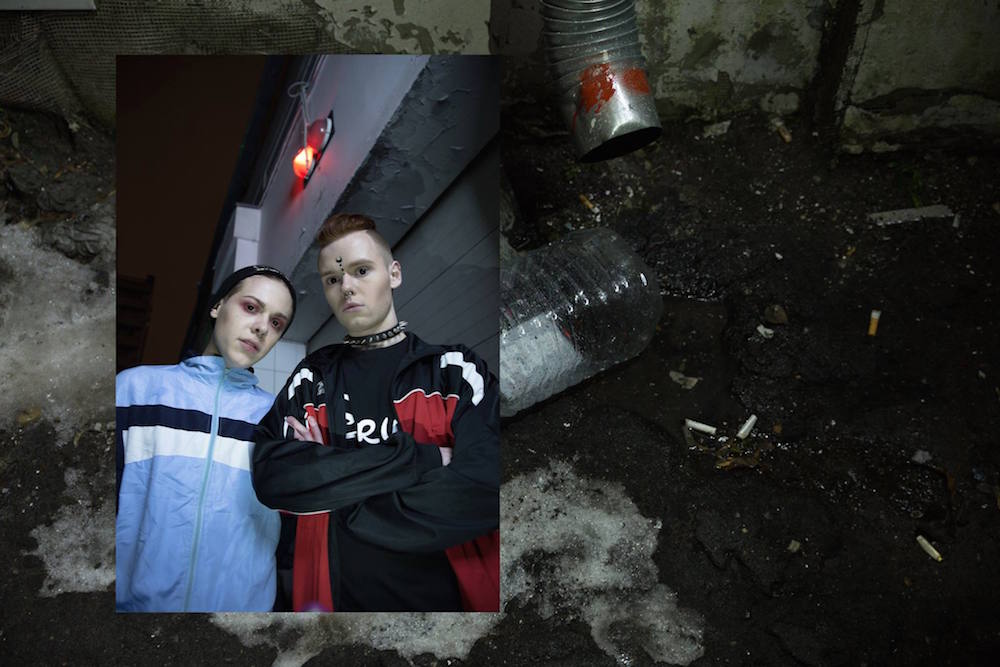


_print.jpg)

